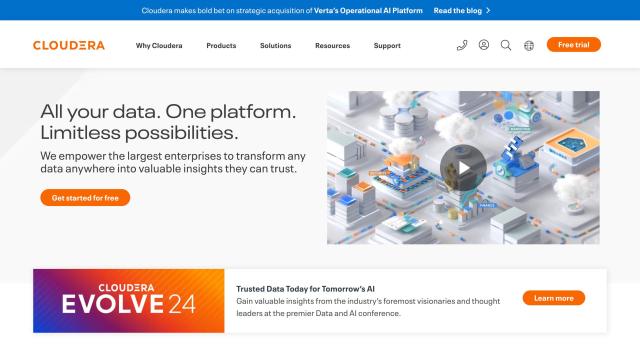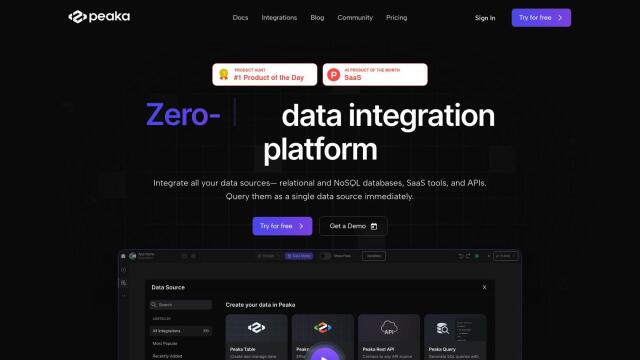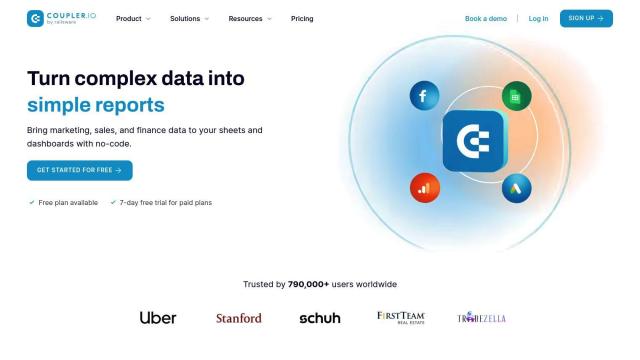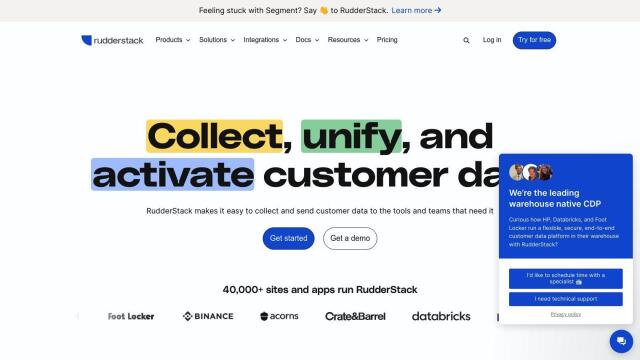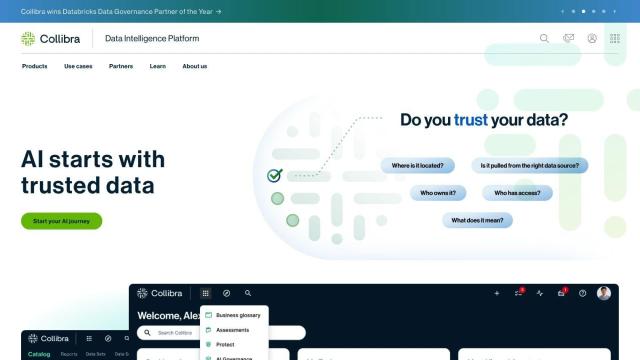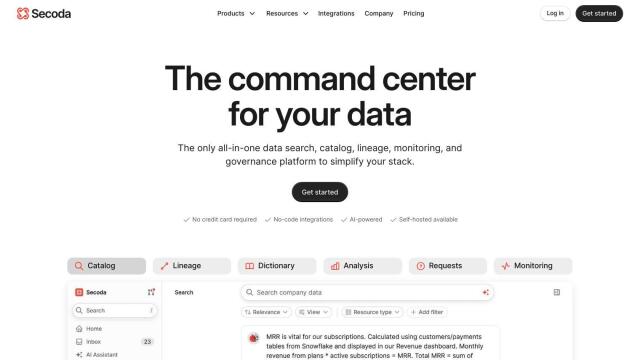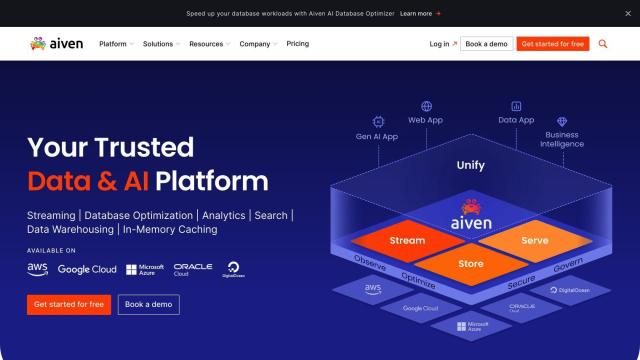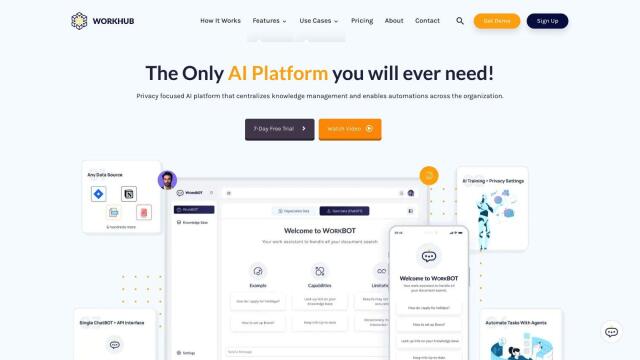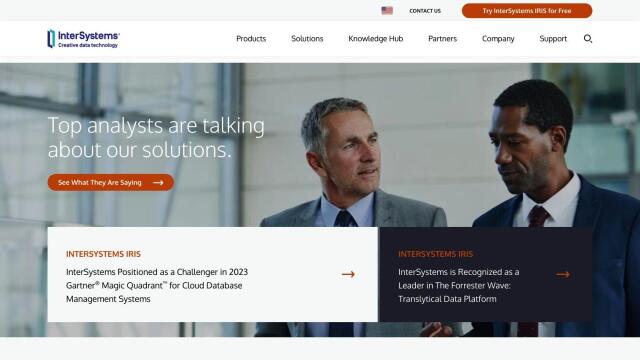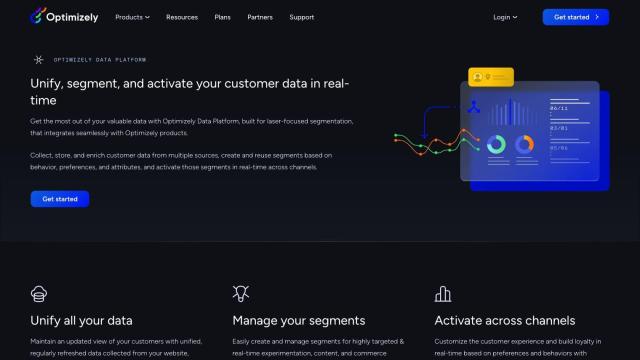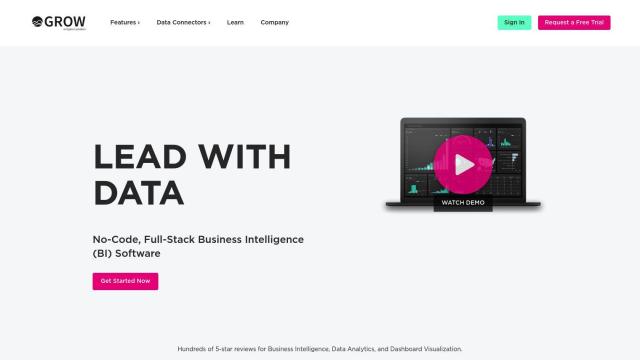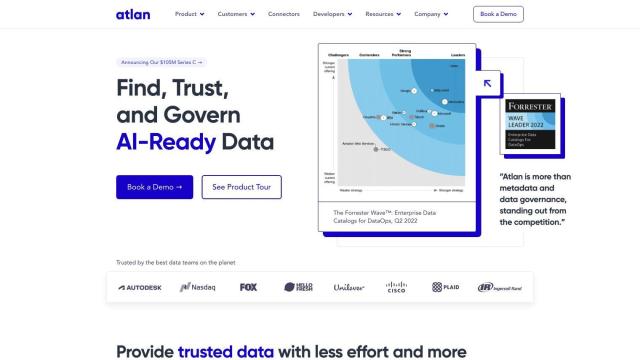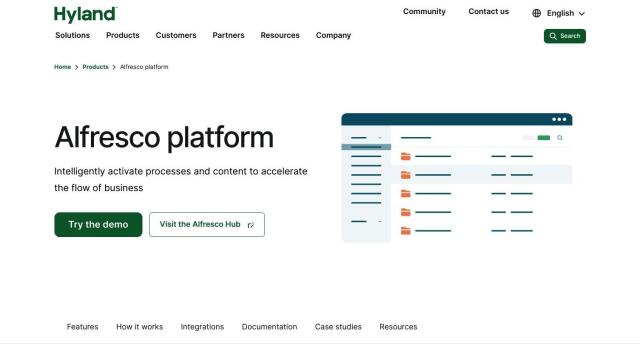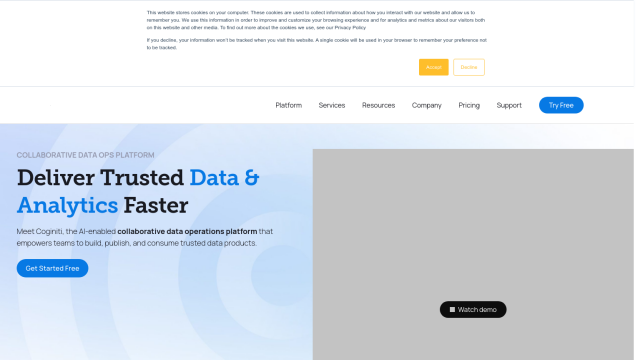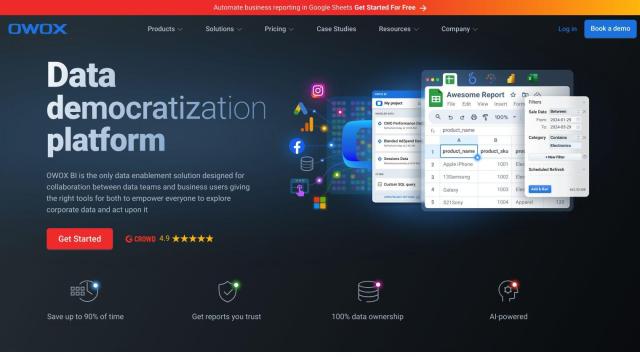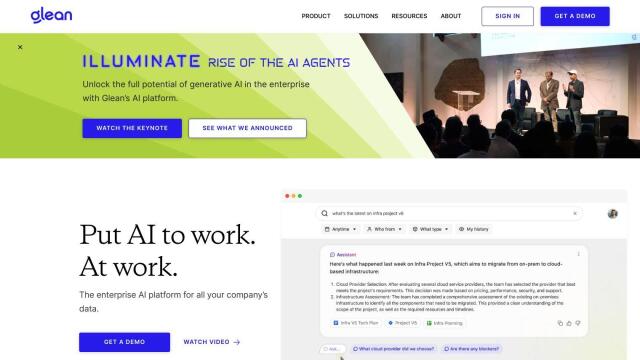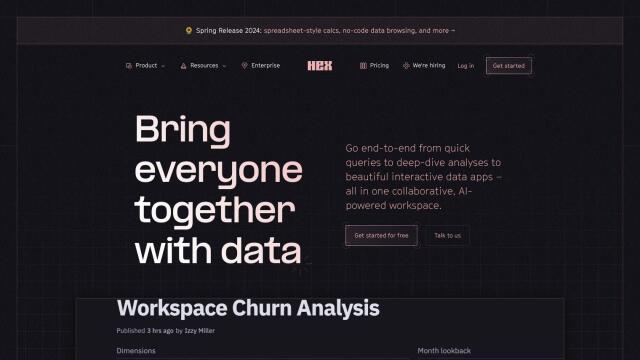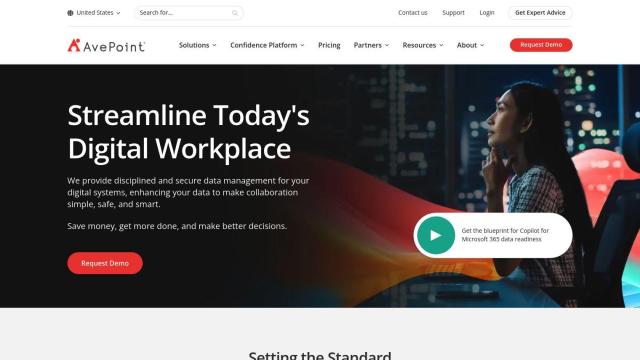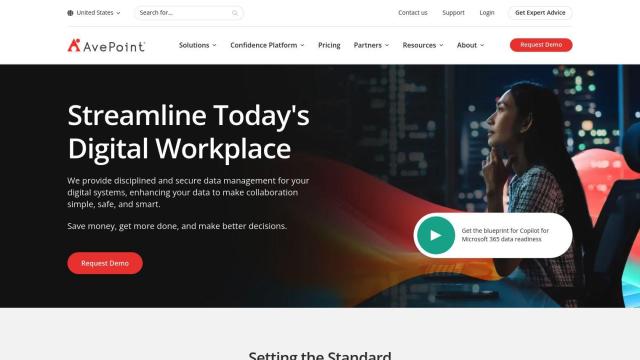Question: I need a solution to consolidate data from multiple systems into one place, can you suggest a platform?

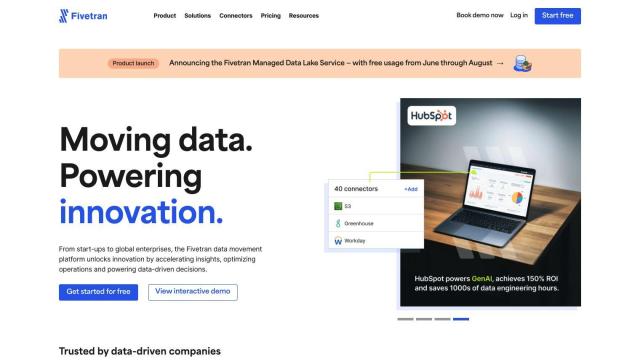
Fivetran
If you're looking for a way to unify data from multiple systems, Fivetran could be a good option. It automates data integration from more than 500 sources, including SaaS apps, databases, ERPs and other sources. With options for fully-managed SaaS, hybrid and self-hosted deployments, Fivetran can integrate data securely across different environments. Among its advantages are real-time analytics, improved operations and support for major standards, so it's a good fit for companies with complex data integration needs.

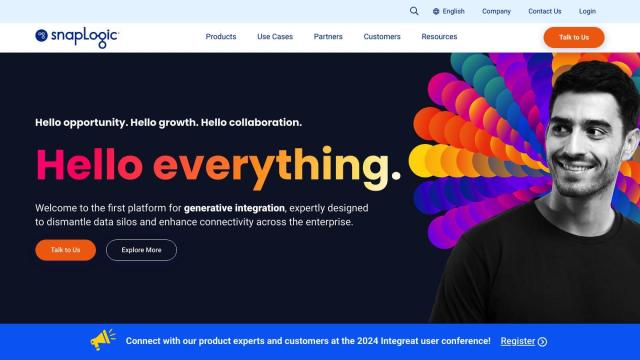
SnapLogic
Another good option is SnapLogic, an all-in-one data and application integration platform. It automates and orchestrates data flows across an organization, with features like SnapGPT for AI-powered integrations and Snaps for connecting data sources without programming. SnapLogic spans many industries and roles, with data integration, application integration and enterprise-class security and governance. It can be deployed in a variety of ways, so it's good for companies with different data environments, and it can help with data analytics and business agility.

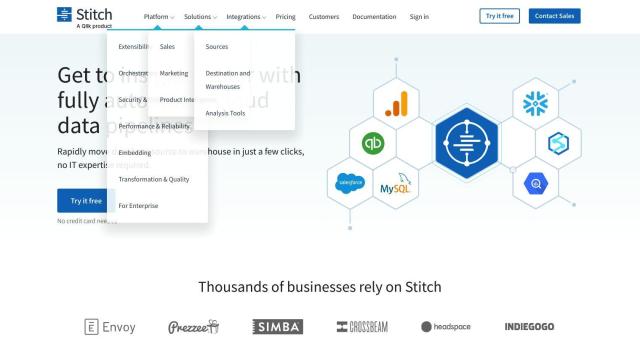
Stitch
If you're looking for a cloud-based option, Stitch is an automated ETL tool that can quickly extract data from more than 140 sources and load it into a cloud data warehouse. It can handle high-speed data transfer and enterprise-class security, so it's a good option for data teams that don't have a lot of IT muscle. Stitch is designed to make data integration easy, so you get fresh and reliable data, which can help take the load off IT and help you make better decisions.

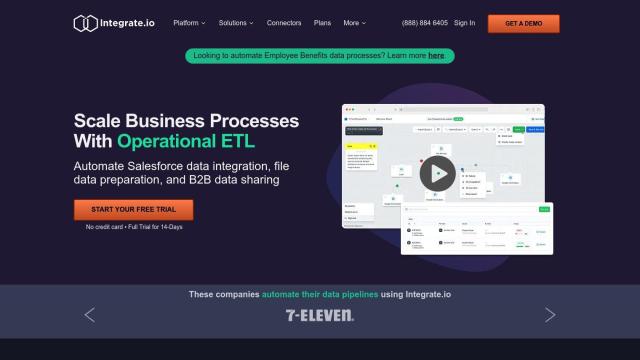
Integrate.io
Another option is Integrate.io, a low-code platform that spans the entire data journey, from unification and pipeline management to data security and compliance. It includes features like ETL, ELT, CDC, Reverse ETL and API management, as well as security and compliance support. Integrate.io is good for data teams that want to automate manual processes, integrate multiple data sources and build data-driven applications.

